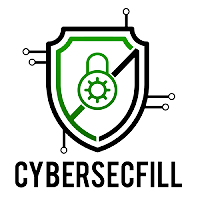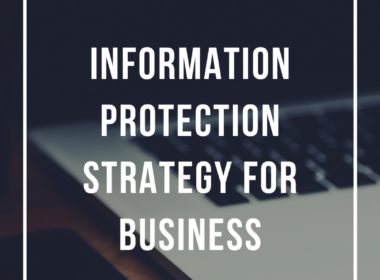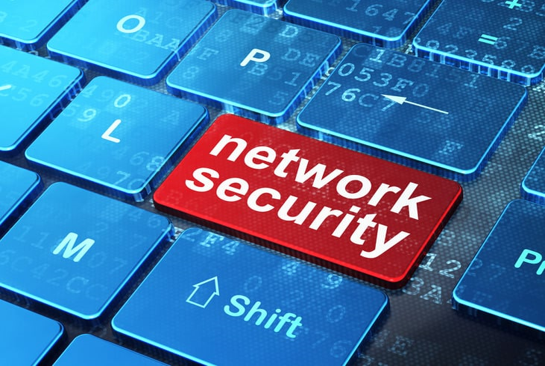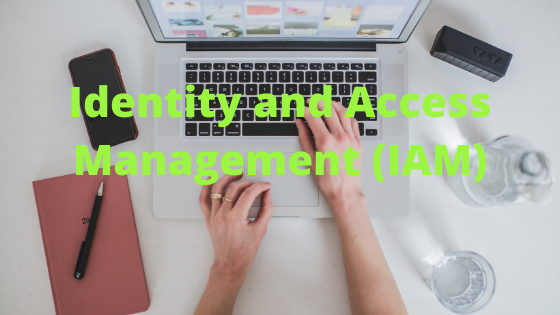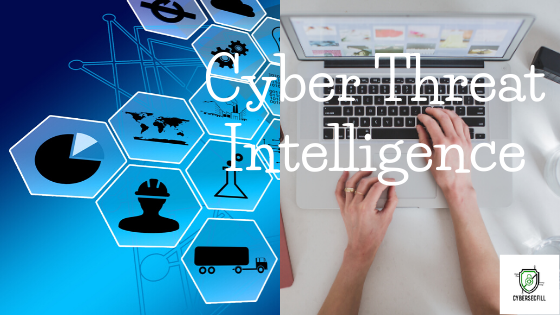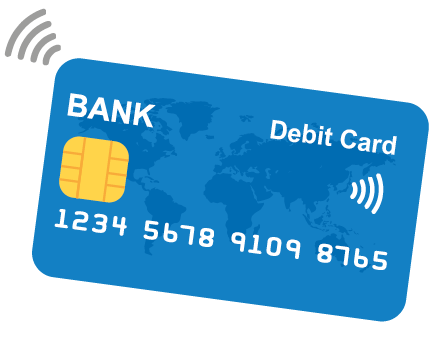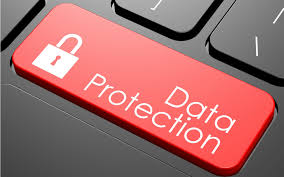How Much do you Need to Invest in Cybersecurity?
There is a popular misconception that “cyber security cannot be implemented without significant financial investment”. This misconception is typically used by individuals, and Small and Medium Businesses (SMBs), as a justification for why they are doing little to nothing about their cyber security posture.
As a result, I have decided that today is a good day to inform you that some of the most effective security measures are simple to implement, inexpensive, and don’t require extensive technical knowledge. In order words, you don’t have to wait till you can spend N20Million on cyber security to become resilient.
10 Simple and Cost Effective Security Measures to Implement on Your Network
- Change the Network Name (aka SSID): From the network name, attackers can determine the device (router) brand and research the common vulnerabilities the router has.
- Disable SSID Broadcast: This ensures that only authorised users know the network name and settings required to connect to the network.
- Change the Router’s Default Administrator Password: This is important because many brands have default router IP address and admin passwords displayed freely online.
- Use Strong Passwords: Use strong passwords to secure the administrator account and for connecting to the network. Ensure the passwords are not the same.
- Ensure WPA2 is used Instead of WEP: WPA2 has stronger encryption than WEP; which makes it more difficult for attackers to get into your network without permission.
- Change the Default Router IP Address: This ensures that only the owner or network administration can locate and login into the router interface. However, using certain easily accessible tools, anyone connected to the network can discover the router’s IP address.
- Enable MAC Address Filtering: This ensures that only allowed MAC addresses can connect to the network. It prevents unauthorised devices from connecting to the network.
- Enable IP Address Filtering: This is particularly useful in a network where Dynamic Host Configuration Protocol (DHCP) is disabled and static IP addresses have been assigned to all devices.
- Enable Content Filtering: This can prevent internet access to undesired websites and internet locations. It reduces the entry points of malware from the internet through adware and known malicious sites.
- Enable Guest Network: Use this feature to allow visitors connect to the internet on a separate network (if feature is available). It can ensure internet speed is not badly slowed down by guests.
There are also several advanced steps in network configuration that increase security without significant additional expenses. Perhaps a post on those will be made in the future; but start with these basic steps today!!!
Feel free to comment with other basic steps that almost anyone can implement with minimal stress.
About Author
Samaila Bako is a Cyber Security Awareness Trainer who is passionate about digital forensics, social engineering, and device security. He is a certified ethical hacker who is interested in how emerging technologies like Internet of Things, Cloud and Artificial Intelligence, affect the size and safety of data.
Twitter – @atsen_
